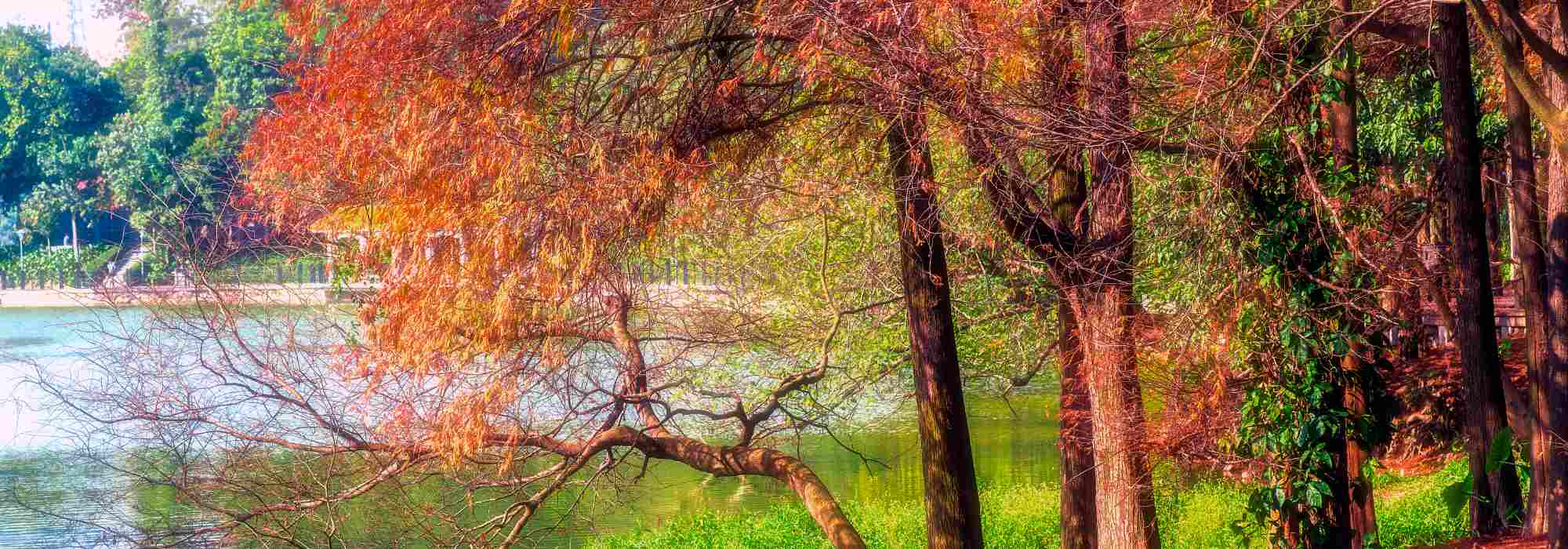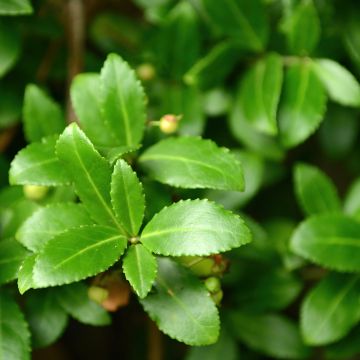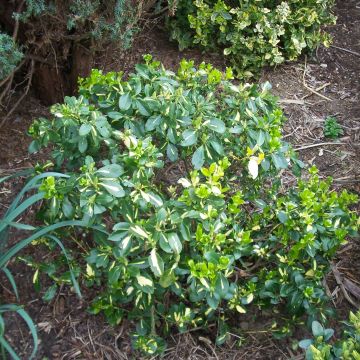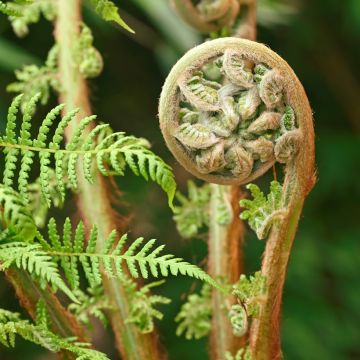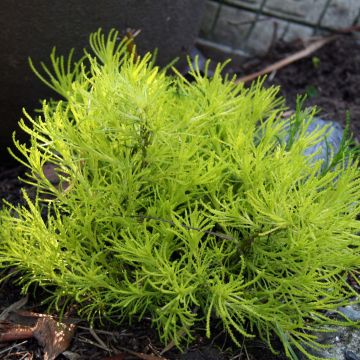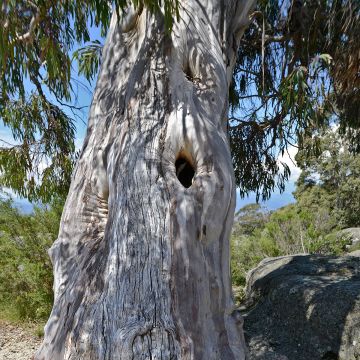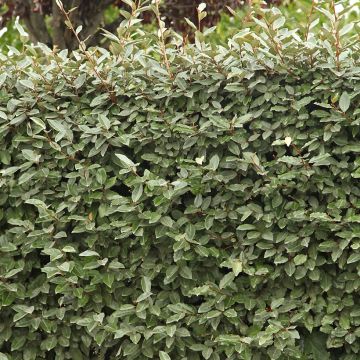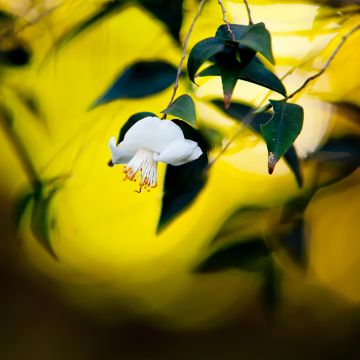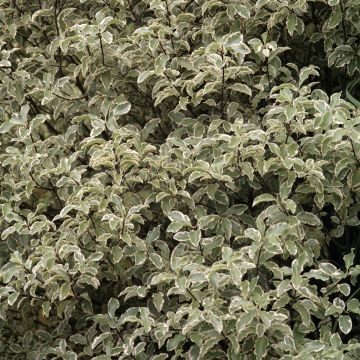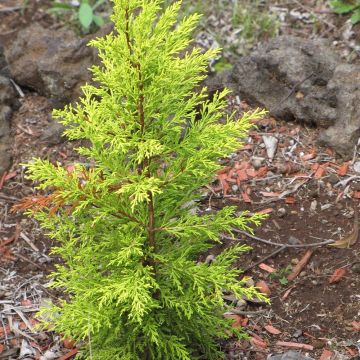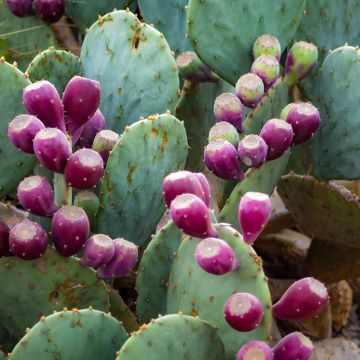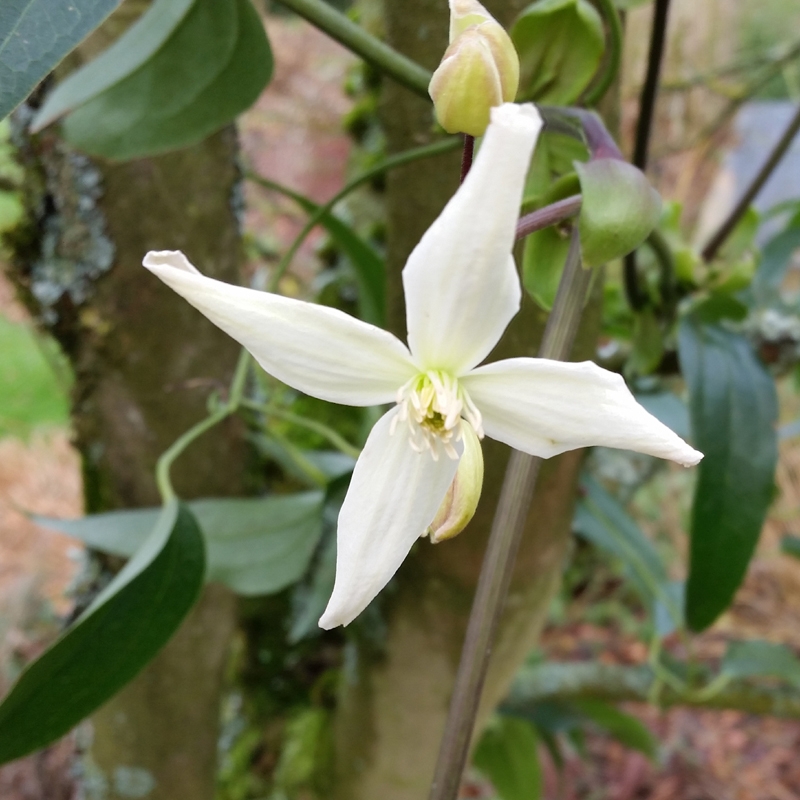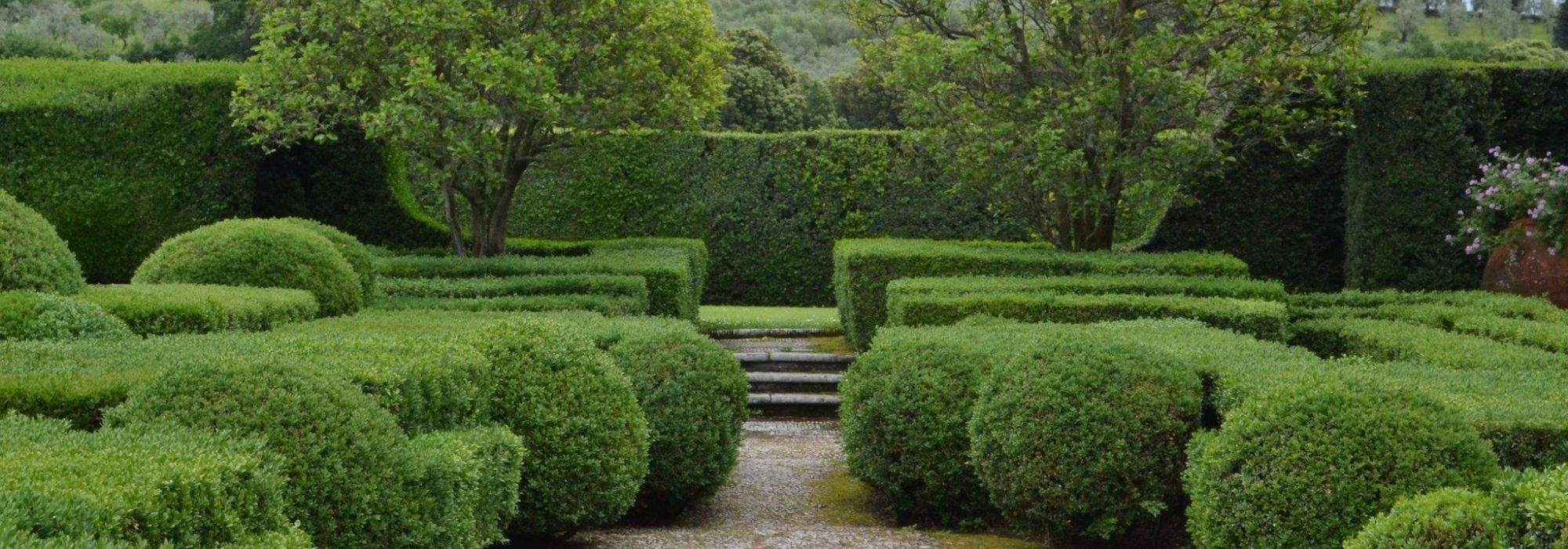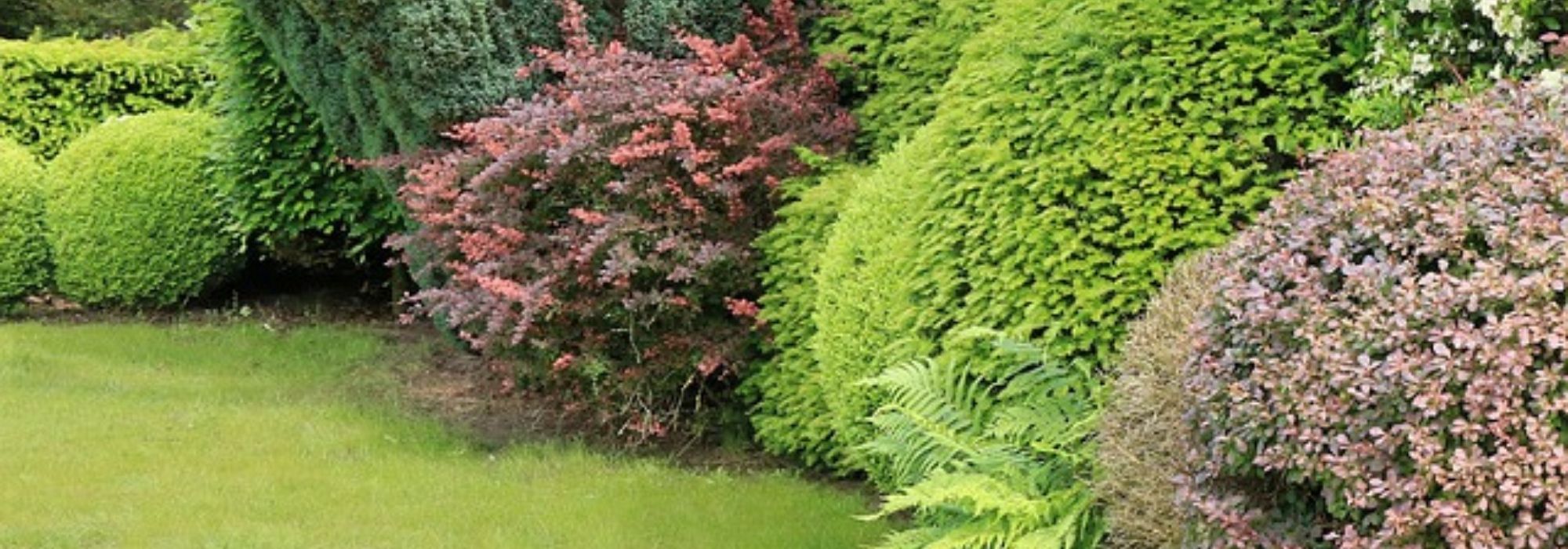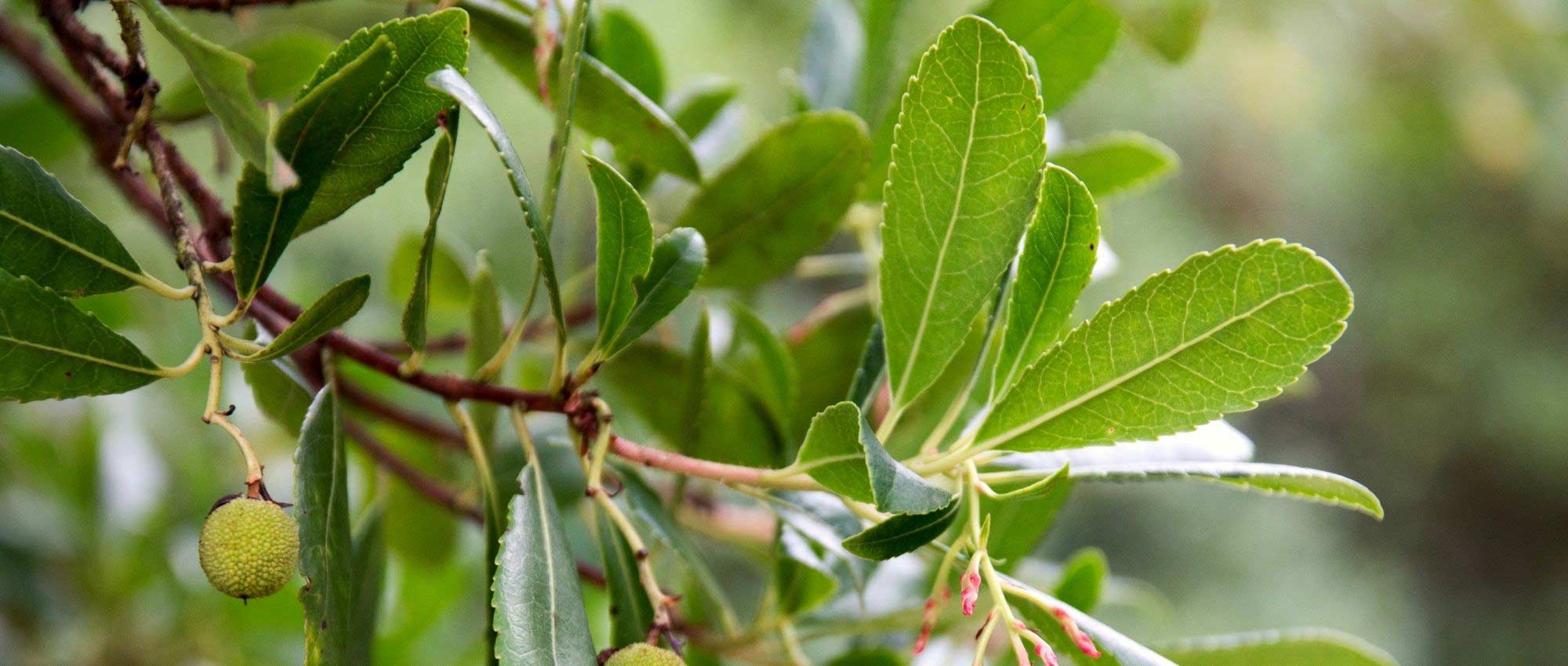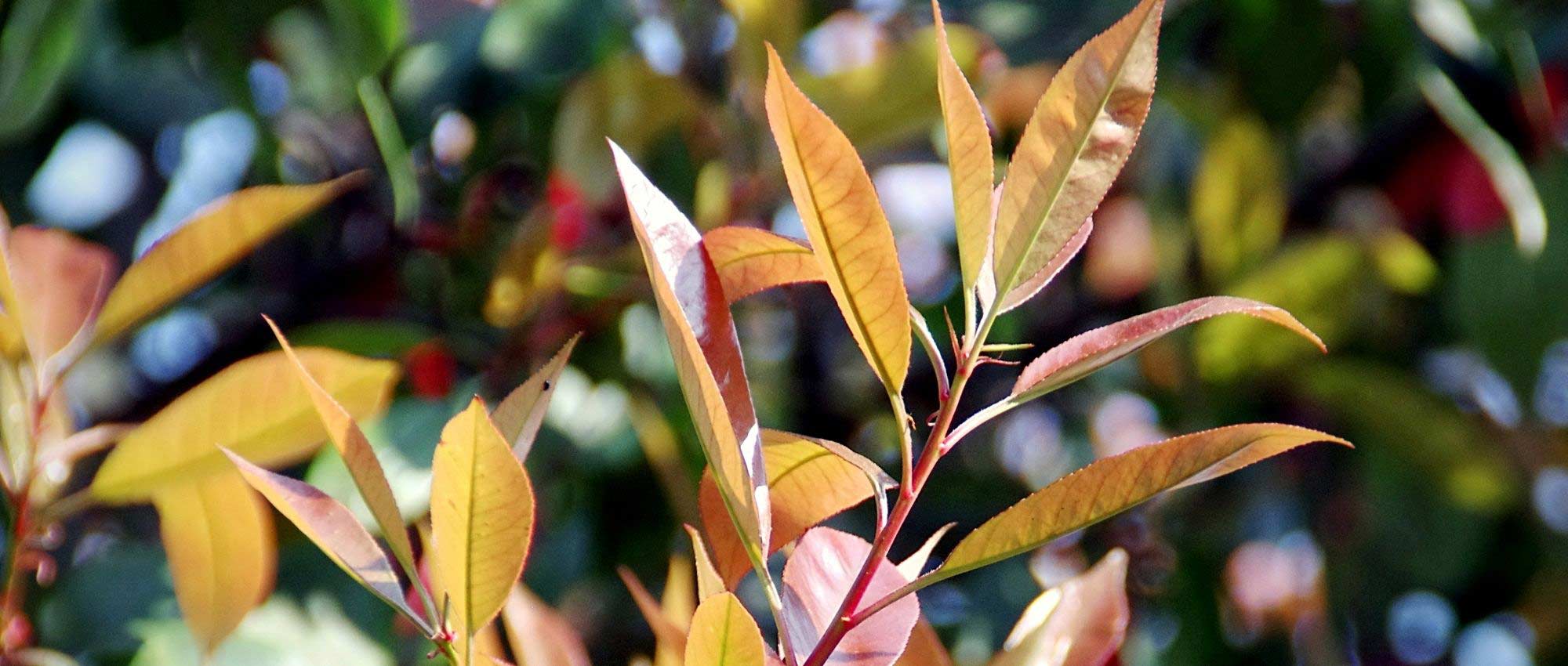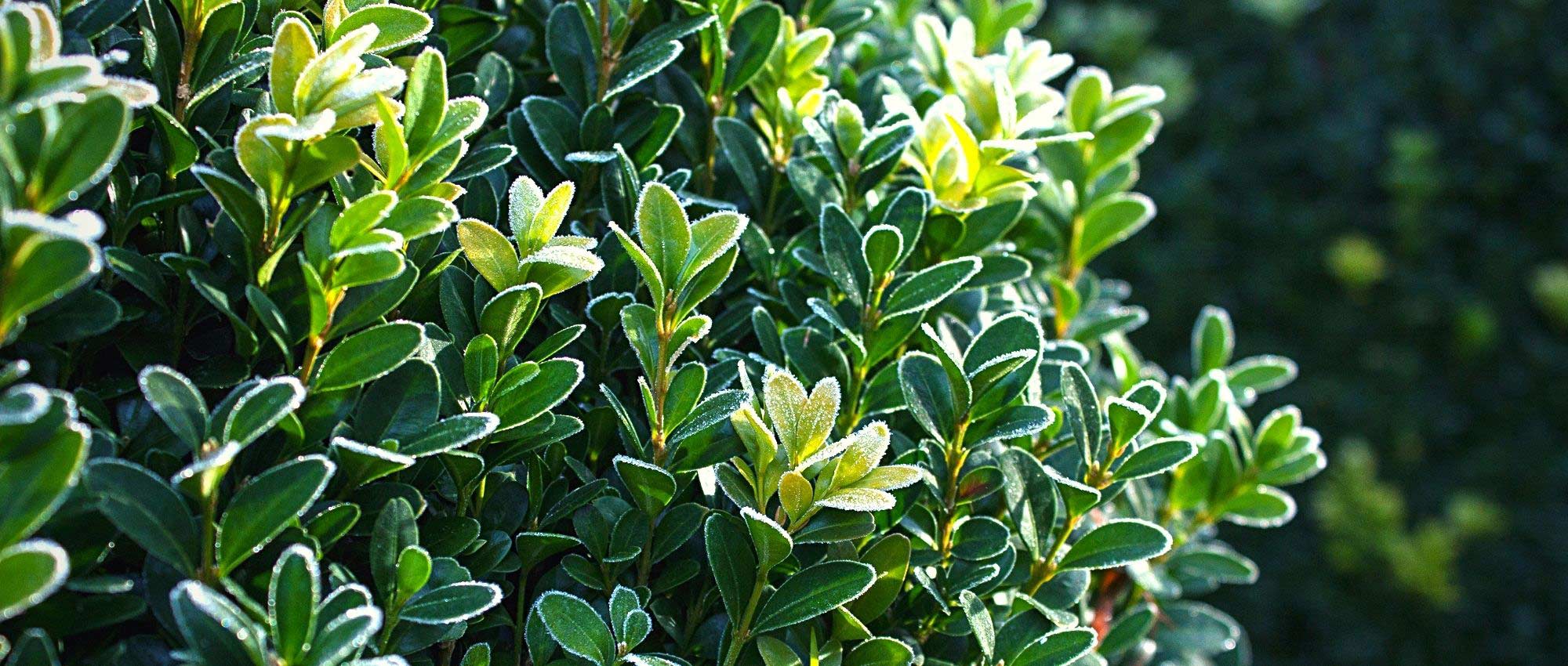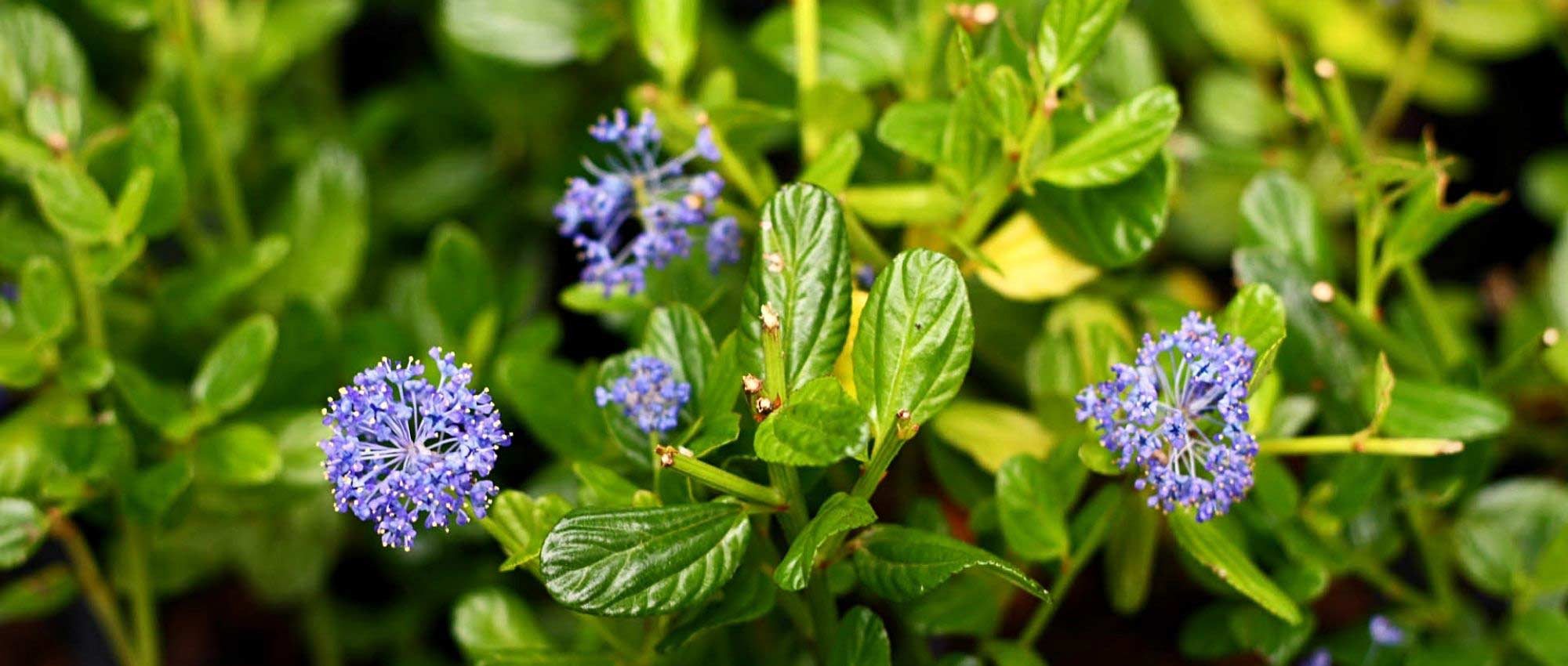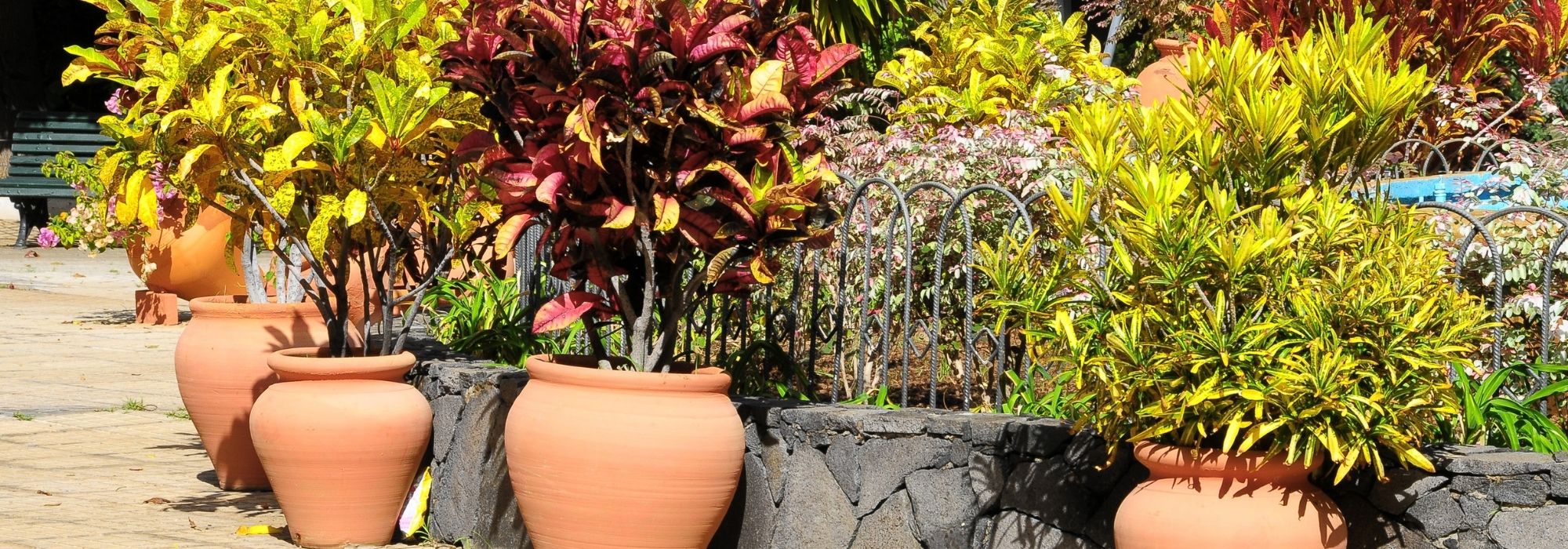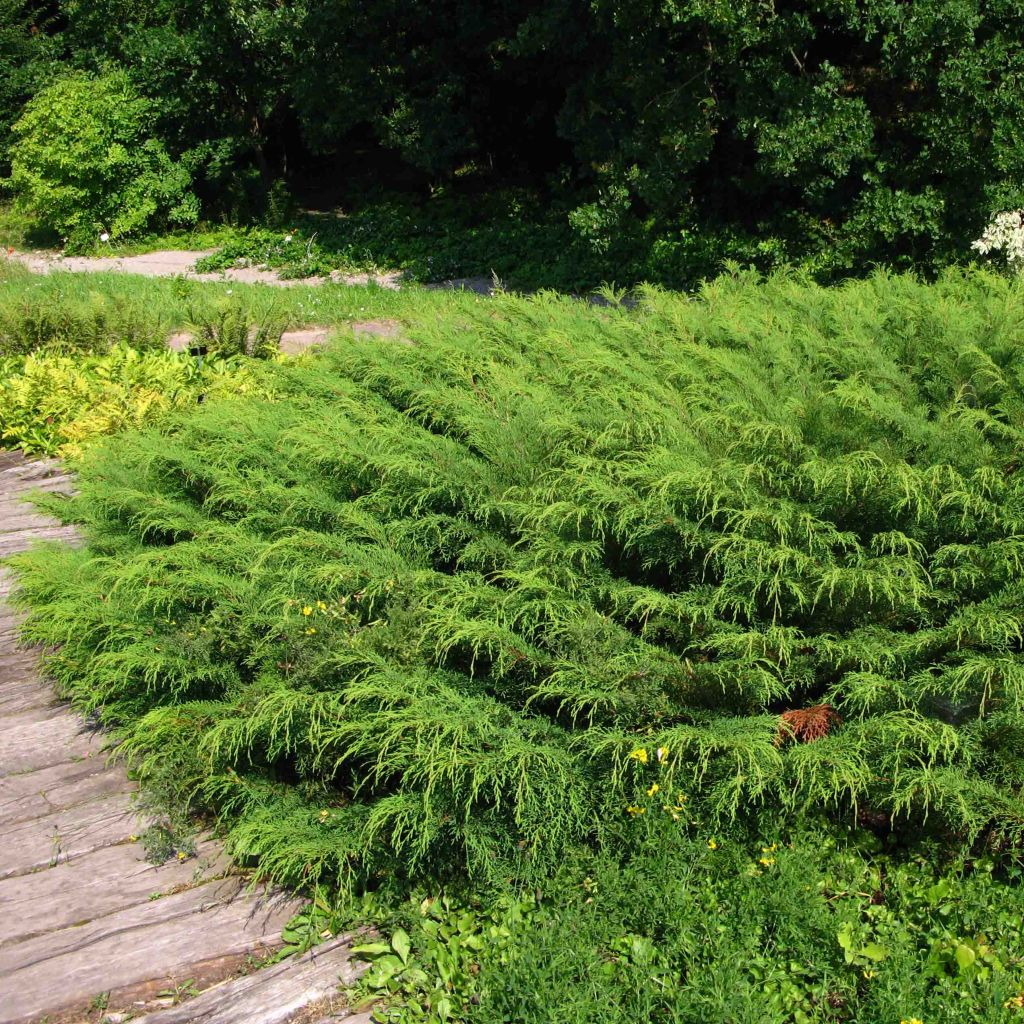

Creeping Siberian Cypress - Microbiota decussata
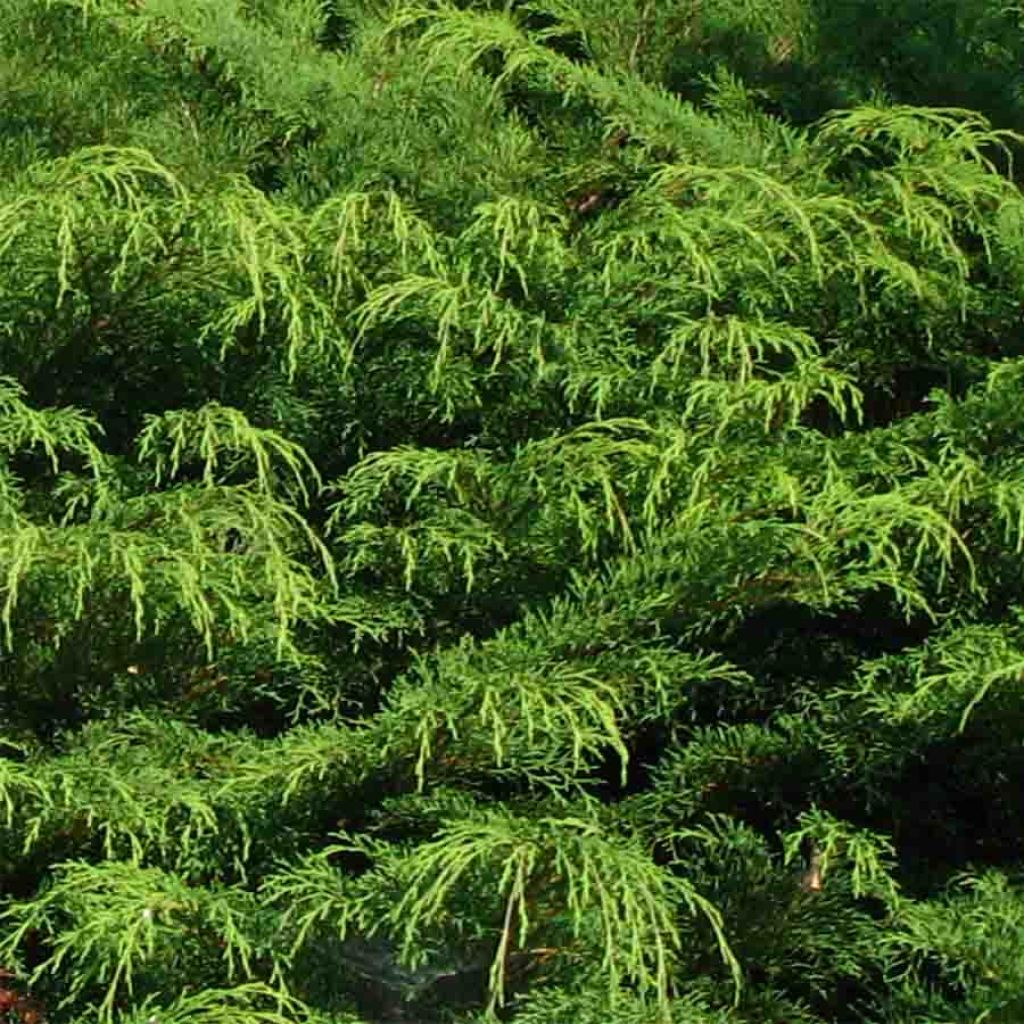

Creeping Siberian Cypress - Microbiota decussata
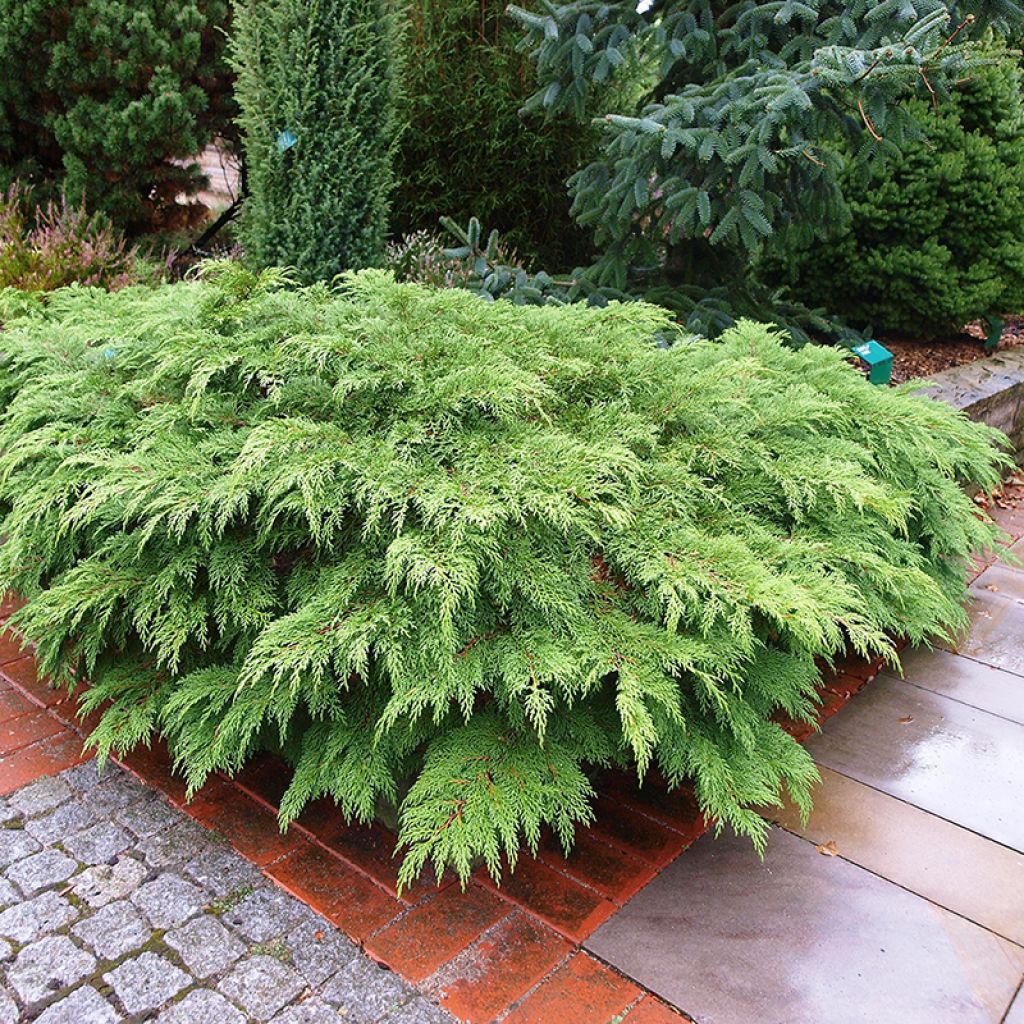

Creeping Siberian Cypress - Microbiota decussata
Creeping Siberian Cypress - Microbiota decussata
Microbiota decussata
Siberian Carpet Cypress
Beautiful plant and well bushy
Roger, 08/03/2022
Special offer!
Receive a €20 voucher for any order over €90 (excluding delivery costs, credit notes, and plastic-free options)!
1- Add your favorite plants to your cart.
2- Once you have reached €90, confirm your order (you can even choose the delivery date!).
3- As soon as your order is shipped, you will receive an email containing your voucher code, valid for 3 months (90 days).
Your voucher is unique and can only be used once, for any order with a minimum value of €20, excluding delivery costs.
Can be combined with other current offers, non-divisible and non-refundable.
Home or relay delivery (depending on size and destination)
Schedule delivery date,
and select date in basket
This plant carries a 24 months recovery warranty
More information
We guarantee the quality of our plants for a full growing cycle, and will replace at our expense any plant that fails to recover under normal climatic and planting conditions.


Does this plant fit my garden?
Set up your Plantfit profile →
Description
Microbiota decussata is a small, spreading, prostrate conifer that closely resembles a creeping juniper. Native to Siberia, it thrives in any conditions and succeeds in the most difficult conditions. It bears pendulous branches and forms flat clusters of scale-like yellow-green leaves, which turn a beautiful bronze colour in winter. Its growth is slow but regular, and it eventually forms an excellent ground cover, useful in rock gardens or on steep slopes. Extremely hardy and drought-resistant, it thrives in full sun and well-drained soil. It can even tolerate poor and chalky soil.
Microbiota decussata is known as the "Siberian creeping cypress". This conifer is endemic to a very restricted area limited to the Sikhote-Alin Mountains in the Russian Far East. It belongs to the cypress family, which includes related species such as cypresses and chamaecyparis. It has a compact and spreading habit, reaching 45 cm (17.7 in) high and 2 m to 4 m (6.6 ft to 13.1 ft) wide after many years. This species is adapted to the harshest temperatures and climates, as well as arid areas. The spreading and arching branches resemble fern fronds. They sometimes root on the ground, allowing the plant to colonise a large surface area. Its evergreen foliage consists of scale-like leaves 2 m to 4 m (6.6 ft to 13.1 ft) long, which are overlapping and arranged flat on the branches. From spring to autumn, the foliage has a light green to yellowish colour, gradually turning bronze (sometimes tinged with red in cold climates) in winter. Its pale brown cones are tiny, measuring only 2 mm to 3 mm (0.08 in to 0.1 in) long and each containing a single fertile seed.
Microbiota decussata is an extraordinary conifer. It is highly adaptable and can conquer the most challenging areas of the garden, as long as they are sunny. It is a great choice for a dry garden, on a steep slope, among rocks, above a wall, or on top of a low wall. It blends well with geometric lines and masonry works. It can be planted near a water feature, cascading down a rocky slope. It also adapts well to container gardening. The visual qualities of conifers naturally stand out in the design of a contemporary garden, which favours the aesthetics of shapes, silhouettes, and textures over the delicacy of flowers. These plants add permanence to the structure of a flowerbed. Microbiota decussata is also a perfect alternative to trimmed boxwood, and can be used to mark pathways or border a terrace. It also pairs well with tousled grasses like stipa, or heathers (Erica x darleyensis, Erica multiflora). The key is to play with volumes and colours until you find the right look.
Discovered in 1923, the existence of this species remained unknown to the Western world for 50 years due to the isolation and secretive policies of the former USSR.
Creeping Siberian Cypress - Microbiota decussata in pictures
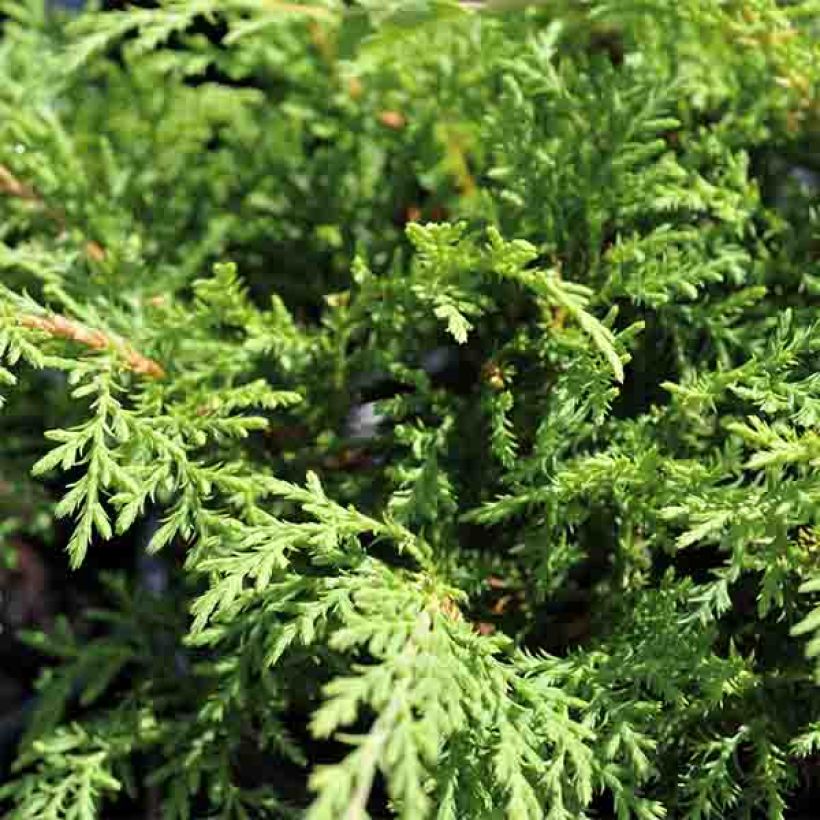

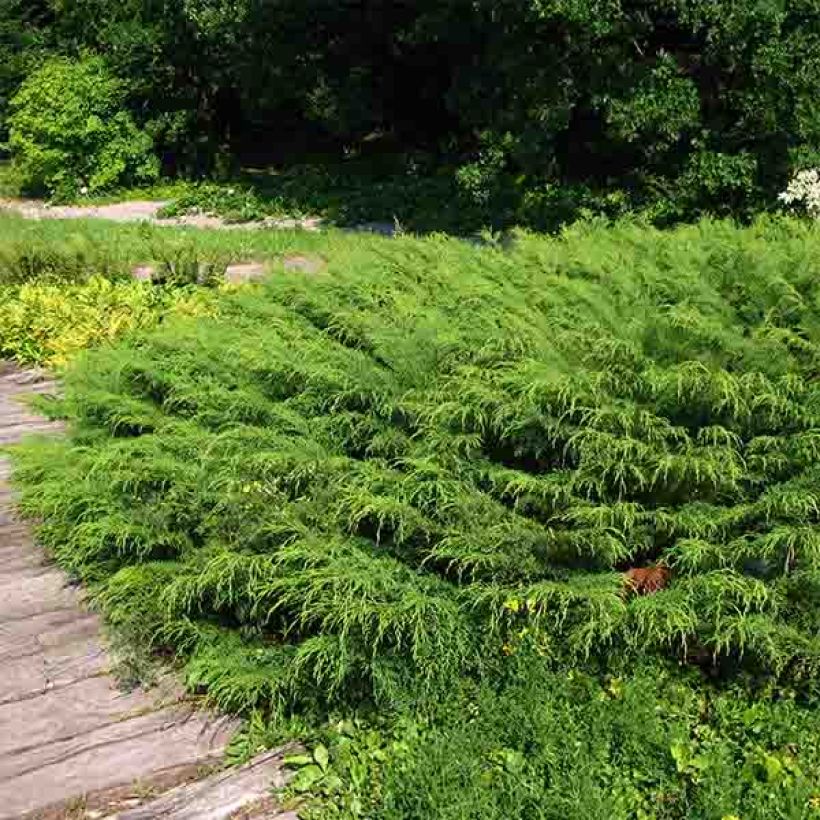

Plant habit
Foliage
Botanical data
Microbiota
decussata
Cupressaceae
Siberian Carpet Cypress
Russia
Other Evergreen shrubs
View all →Planting and care
Plant Microbiota decussata from September to November and from February to June in well-drained, light soil. It can even tolerate limestone, poor soil, and stony or sandy soil that occasionally dries out. Choose a very sunny location or, at most, partially shaded. Soak the root balls well before planting. Add organic matter at planting. Water generously in the first years and during prolonged drought. You can apply a special conifer fertiliser every year in April and cultivate the soil in summer. This very hardy conifer cannot tolerate heavy, waterlogged soils in winter. Pruning is not recommended, as this plant reveals its full potential when allowed to grow freely. If necessary, light pruning should be done in July. However, only prune young shoots, as old branches without leaves will not regenerate.
Planting period
Intended location
Care
Planting & care advice
-
, onOrder confirmed
Reply from on Promesse de fleurs
Haven't found what you were looking for?
Hardiness is the lowest winter temperature a plant can endure without suffering serious damage or even dying. However, hardiness is affected by location (a sheltered area, such as a patio), protection (winter cover) and soil type (hardiness is improved by well-drained soil).

Photo Sharing Terms & Conditions
In order to encourage gardeners to interact and share their experiences, Promesse de fleurs offers various media enabling content to be uploaded onto its Site - in particular via the ‘Photo sharing’ module.
The User agrees to refrain from:
- Posting any content that is illegal, prejudicial, insulting, racist, inciteful to hatred, revisionist, contrary to public decency, that infringes on privacy or on the privacy rights of third parties, in particular the publicity rights of persons and goods, intellectual property rights, or the right to privacy.
- Submitting content on behalf of a third party;
- Impersonate the identity of a third party and/or publish any personal information about a third party;
In general, the User undertakes to refrain from any unethical behaviour.
All Content (in particular text, comments, files, images, photos, videos, creative works, etc.), which may be subject to property or intellectual property rights, image or other private rights, shall remain the property of the User, subject to the limited rights granted by the terms of the licence granted by Promesse de fleurs as stated below. Users are at liberty to publish or not to publish such Content on the Site, notably via the ‘Photo Sharing’ facility, and accept that this Content shall be made public and freely accessible, notably on the Internet.
Users further acknowledge, undertake to have ,and guarantee that they hold all necessary rights and permissions to publish such material on the Site, in particular with regard to the legislation in force pertaining to any privacy, property, intellectual property, image, or contractual rights, or rights of any other nature. By publishing such Content on the Site, Users acknowledge accepting full liability as publishers of the Content within the meaning of the law, and grant Promesse de fleurs, free of charge, an inclusive, worldwide licence for the said Content for the entire duration of its publication, including all reproduction, representation, up/downloading, displaying, performing, transmission, and storage rights.
Users also grant permission for their name to be linked to the Content and accept that this link may not always be made available.
By engaging in posting material, Users consent to their Content becoming automatically accessible on the Internet, in particular on other sites and/or blogs and/or web pages of the Promesse de fleurs site, including in particular social pages and the Promesse de fleurs catalogue.
Users may secure the removal of entrusted content free of charge by issuing a simple request via our contact form.
The flowering period indicated on our website applies to countries and regions located in USDA zone 8 (France, the United Kingdom, Ireland, the Netherlands, etc.)
It will vary according to where you live:
- In zones 9 to 10 (Italy, Spain, Greece, etc.), flowering will occur about 2 to 4 weeks earlier.
- In zones 6 to 7 (Germany, Poland, Slovenia, and lower mountainous regions), flowering will be delayed by 2 to 3 weeks.
- In zone 5 (Central Europe, Scandinavia), blooming will be delayed by 3 to 5 weeks.
In temperate climates, pruning of spring-flowering shrubs (forsythia, spireas, etc.) should be done just after flowering.
Pruning of summer-flowering shrubs (Indian Lilac, Perovskia, etc.) can be done in winter or spring.
In cold regions as well as with frost-sensitive plants, avoid pruning too early when severe frosts may still occur.
The planting period indicated on our website applies to countries and regions located in USDA zone 8 (France, United Kingdom, Ireland, Netherlands).
It will vary according to where you live:
- In Mediterranean zones (Marseille, Madrid, Milan, etc.), autumn and winter are the best planting periods.
- In continental zones (Strasbourg, Munich, Vienna, etc.), delay planting by 2 to 3 weeks in spring and bring it forward by 2 to 4 weeks in autumn.
- In mountainous regions (the Alps, Pyrenees, Carpathians, etc.), it is best to plant in late spring (May-June) or late summer (August-September).
The harvesting period indicated on our website applies to countries and regions in USDA zone 8 (France, England, Ireland, the Netherlands).
In colder areas (Scandinavia, Poland, Austria...) fruit and vegetable harvests are likely to be delayed by 3-4 weeks.
In warmer areas (Italy, Spain, Greece, etc.), harvesting will probably take place earlier, depending on weather conditions.
The sowing periods indicated on our website apply to countries and regions within USDA Zone 8 (France, UK, Ireland, Netherlands).
In colder areas (Scandinavia, Poland, Austria...), delay any outdoor sowing by 3-4 weeks, or sow under glass.
In warmer climes (Italy, Spain, Greece, etc.), bring outdoor sowing forward by a few weeks.






























